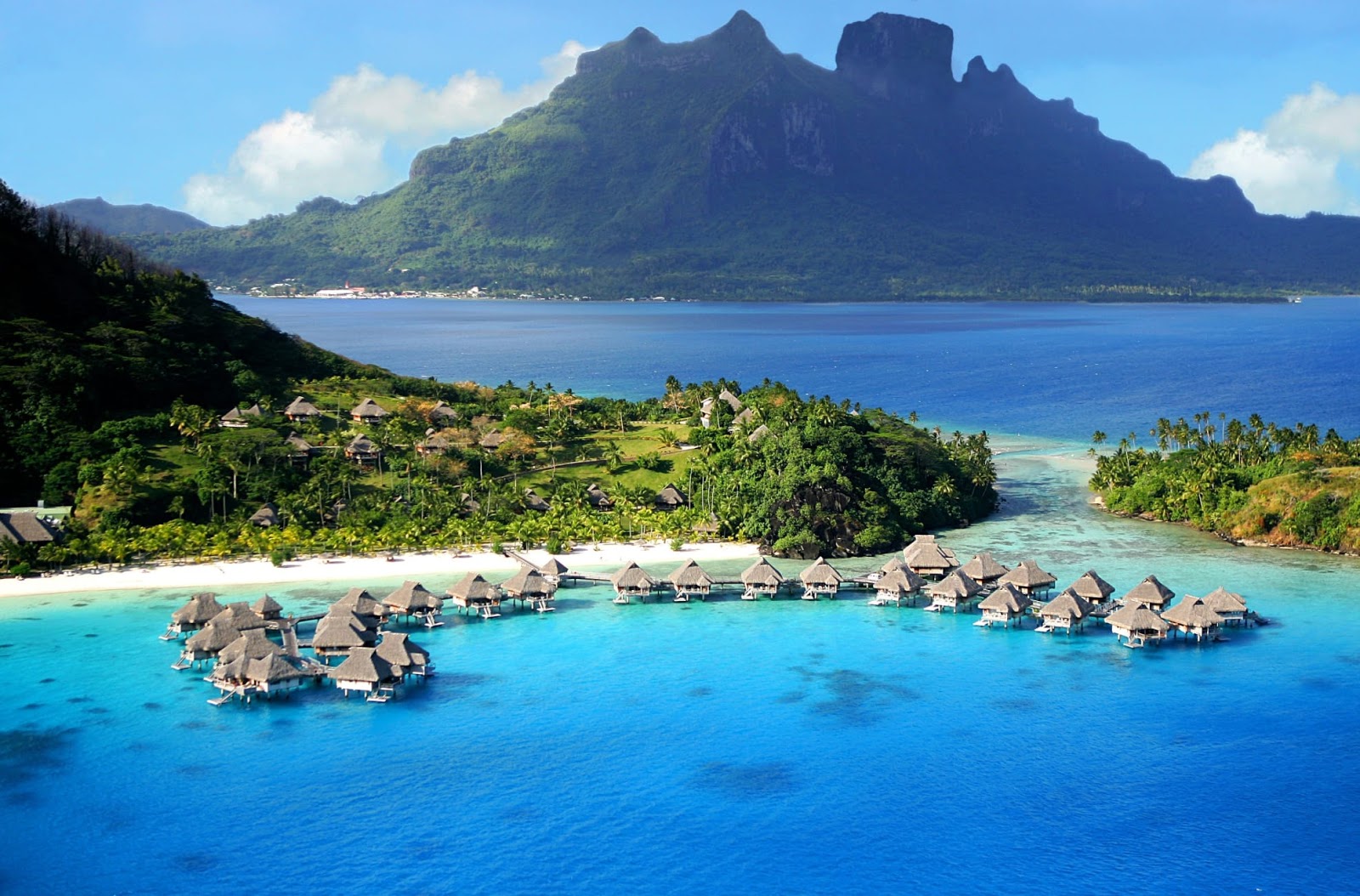Lakshadweep, a tiny archipelago of 36 islands located off the southwestern coast of India, is a hidden gem waiting to be discovered. This Union Territory of India is a tropical paradise known for its clear turquoise waters, palm-fringed beaches, and coral reefs teeming with marine life.
The name Lakshadweep means “a hundred thousand islands” in Sanskrit, but in reality, only ten of the islands are inhabited. The islands are spread over a vast area of 32 sq. km in the Arabian Sea, and the entire archipelago is surrounded by a lagoon, making it a unique destination for tourists seeking a serene getaway.
One of the main attractions of Lakshadweep is its marine life. The islands are home to some of the most beautiful coral reefs in the world, and they are a haven for divers and snorkelers. The clear waters of the lagoons surrounding the islands are ideal for exploring the underwater world, and visitors can spot a variety of marine creatures, including turtles, rays, sharks, and a myriad of colorful fish.

Apart from diving and snorkeling, there are plenty of other activities to enjoy on the islands. Visitors can go on island hopping tours, explore the local markets, try their hand at fishing, or simply relax on the beach and soak in the sun. The food in Lakshadweep is also a highlight, with a blend of Indian and Arabian flavors that will tantalize your taste buds.
In conclusion, Lakshadweep is a unique and enchanting destination that offers a perfect blend of natural beauty, cultural richness, and adventure. Whether you’re seeking a romantic getaway, a family vacation, or a solo adventure, the islands of Lakshadweep will not disappoint. So pack your bags and head to this tropical paradise for an experience of a lifetime.
History Of Lakshadweep
The history of Lakshadweep, a Union Territory of India, can be traced back to the 7th century AD when Arab traders arrived on the shores of the islands. The islands were then known as Laccadive, Minicoy, and Amindivi Islands, and they were an important stopover for traders traveling between the Middle East and the Far East.
Over the centuries, the islands came under the rule of various dynasties, including the Chola and Pandya empires. The Portuguese arrived on the islands in the early 16th century and tried to establish their dominance, but they were met with fierce resistance from the locals. In the late 16th century, the islands came under the rule of the Arakkal dynasty, who controlled the islands for over two centuries.
The British arrived on the islands in the late 18th century and established their presence, but they faced resistance from the locals who were fiercely protective of their culture and way of life. The British eventually gave up their attempts to colonize the islands and instead established a trade relationship with the locals.
After India gained independence from the British in 1947, the islands were merged with the Indian Union, and in 1956, they were declared a Union Territory. The islands were renamed as Lakshadweep, which means “a hundred thousand islands” in Sanskrit, although in reality, there are only 36 islands, of which 10 are inhabited.
Today, Lakshadweep is a thriving Union Territory, with a population of over 65,000 people. The islands are known for their pristine beaches, crystal-clear waters, and vibrant coral reefs. The local economy is primarily based on tourism, fishing, and coconut cultivation.
Despite the modernization and development that has taken place on the islands, the people of Lakshadweep have managed to preserve their rich cultural heritage. The local language is a dialect of Malayalam, and the people follow a unique blend of Indian and Arabian customs and traditions.
Book Your Flights : Here 30% OFF on Booking
Book Your Hotels : Here 20% OFF on Booking

0 Comment